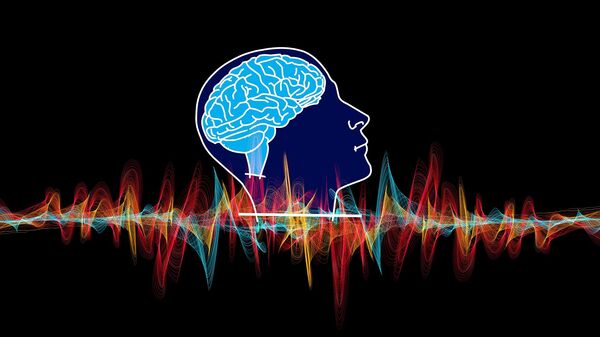The study, which was published in the journal Sleep earlier this month, found that children with autism have difficulty going into the deep-sleep phase, which is responsible for a good night’s rest. According to the US Centers for Disease Control and Prevention, the autism spectrum disorder (ASD) is a “developmental disability that can cause significant social, communication and behavioral challenges.” The causes for autism are not fully understood and there are multiple factors, including genetic predispositions, that may make a person more likely to develop ASD.
In the study, researchers measured slow wave activity (SWA), which is a measure of sleep quality. Normal sleep usually begins with deep sleep periods distinguishable by high amplitude slow wave activity. By comparing the slow wave activity of 29 children with autism and 23 children without autism for an entire night as they slept in a lab at the Soroka University Medical Center in Israel, researchers determined that the brain waves of children with autism are 25% “shallower” than those of children without autism.
The shallower the brain waves, the less likely people can enter that deep sleep phase. The researchers also found that the difference in brain wave activity between children with autism and those without autism was largest during the “first two hours following sleep onset and decreased gradually thereafter.”
There was also a “clear relationship between the severity of sleep disturbances as reported by the parents and the reduction in sleep depth,” Ilan Dinstein, head of the National Autism Research Center of Israel and a member of Ben-Gurion University’s Department of Psychology, said in a recent statement.
“Children with more serious sleep issues showed brain activity that indicated more shallow and superficial sleep,” Dinstein added.
The researchers are planning on conducting follow-up studies to determine how to bring about larger brain waves and deeper sleep through various means such as physical activity, behavioral therapies and even pharmacological substances such as cannabis.

